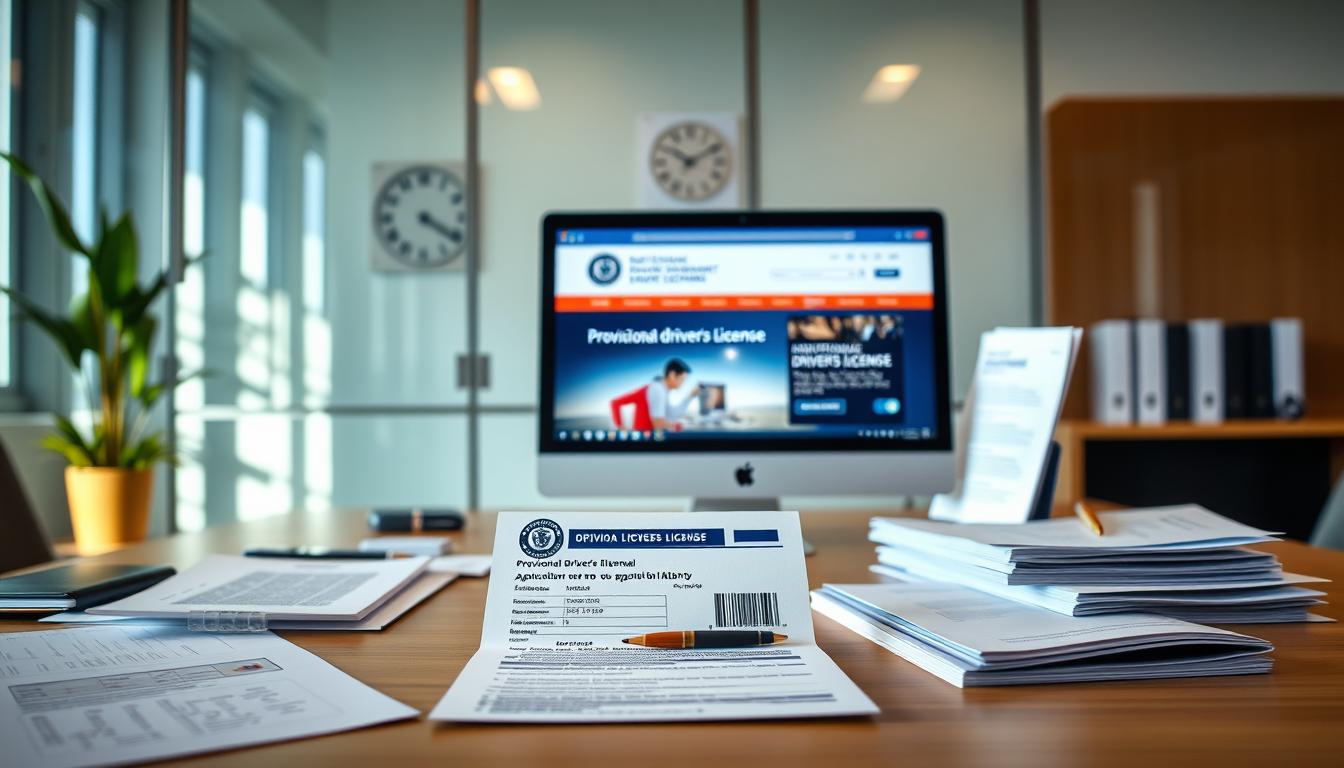What is an UK licence?

UK Driving Licence: Your Complete Guide to Getting Licensed and Staying Legal
Ever seen a tourist scratching their head, trying to figure out UK road rules? Or maybe you’re new to the UK and eager to drive? A UK driving licence is your ticket to legally hitting the road here. It’s super important, whether you’re driving a car, motorcycle, or even a large truck. There are different types of licenses for different vehicles. Driving without one? That can get you in big trouble with the law.
Types of UK Driving Licences
There’s more than one type of driving licence in the UK. It depends on what you want to drive. Let’s break them down.
Provisional Licence
Think of a provisional licence as your learner’s permit. To get one, you need to be at least 15 years and 9 months old. You also need to be able to read a number plate from 20 meters. With a provisional licence, you can start learning to drive, but with rules. You must have a qualified instructor or someone who’s had a full licence for 3 years. You also need “L” plates on your car. And no driving on motorways solo!
Full Driving Licence
Once you pass both your theory and practical driving tests, you get a full driving licence. Congrats! This lets you drive on your own, without “L” plates. How long is it good for? Usually, it’s valid until you’re 70 years old. Then you need to renew it. Keep that licence safe!
Vocational Licences (e.g., HGV, PCV)
Want to drive for a living? Like, driving a big truck (HGV) or a bus (PCV)? You’ll need a vocational licence. This kind is for professional drivers. The requirements and training are stricter than for a regular licence. You’ll need extra medical exams and specialized training courses.
Applying for Your First UK Driving Licence
Ready to get your UK driving licence? Here’s how to apply.
Eligibility Requirements
To get a UK driving licence, age matters. For a car or motorcycle licence, you generally need to be at least 17. Residency matters, too. You need to be living in the UK. Other things might come into play, depending on the type of licence you’re after.
The Application Process (Online vs. Paper)
Applying for a licence is pretty straightforward. Most people do it online these days. Just go to the official GOV.UK website. Fill out the form, pay the fee, and you’re set. You can still apply by mail if you want. Download the application form (D1) from the GOV.UK website, fill it out, and mail it in.
Required Documents and Information
When you apply, you’ll need some stuff. Proof of your identity is key. A passport or birth certificate works. You’ll also need to prove where you live. A utility bill or bank statement will do the trick. And don’t forget your National Insurance number.
The Driving Theory and Practical Tests
Two tests stand between you and your full UK driving licence: the theory and the practical.
Preparing for the Theory Test
The theory test checks your knowledge of road rules and safety. It includes multiple-choice questions and a hazard perception test. The hazard perception part shows you videos, and you click when you see a hazard. Study the Highway Code! There are also apps and websites to help you practice.
Taking and Passing the Practical Test
The practical test is where you show you can actually drive. An examiner will watch you drive on different roads. They’ll check if you drive safely and follow the rules. Practice those maneuvers, like parallel parking. Try to stay calm, and listen to the examiner.
Maintaining and Renewing Your UK Driving Licence
It’s not just about getting your licence. You’ve got to keep it valid.
Licence Validity and Renewal Process
Most UK driving licences are good for 10 years, or until you turn 70. When it’s time to renew, the DVLA (Driver and Vehicle Licensing Agency) will send you a reminder. Renewing is usually a simple online process.
Updating Your Licence Information (Address, Name Changes)
Moved to a new place? Changed your name? You need to update your licence! The DVLA needs to have your current info. You can usually do this online, too.
Driving Licence Penalties and Endorsements
Mess up on the road, and you might get penalty points on your licence. Get too many points, and you could be banned from driving. Endorsements stay on your licence for a while, depending on the offense.
Driving in the UK with a Foreign Licence
Are you visiting the UK or moving here from another country? Here’s what you need to know about driving with a foreign licence.
Rules for Visitors
As a visitor, you can usually drive in the UK for up to 12 months with your foreign licence. But check the rules! It depends on where your licence is from.
Exchanging a Foreign Licence for a UK Licence
Moving to the UK? You might need to exchange your foreign licence for a UK one. Some countries have agreements with the UK that make this easy. Others might require you to take a driving test.
Obtaining an International Driving Permit
An International Driving Permit (IDP) can be handy if your licence isn’t in English. It’s basically a translation of your licence. It can make things easier when renting a car or dealing with the police.
Conclusion
So, that’s the lowdown on UK driving licences. Getting one and keeping it valid is crucial for legal driving. Always check the official GOV.UK website for the latest rules. Drive safe, and follow the law!

Leave a Reply